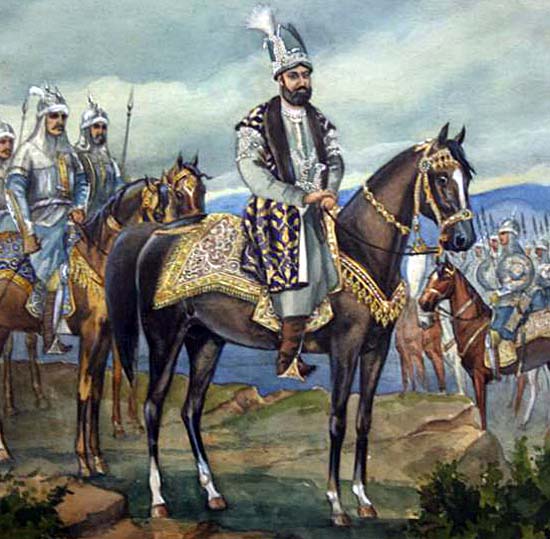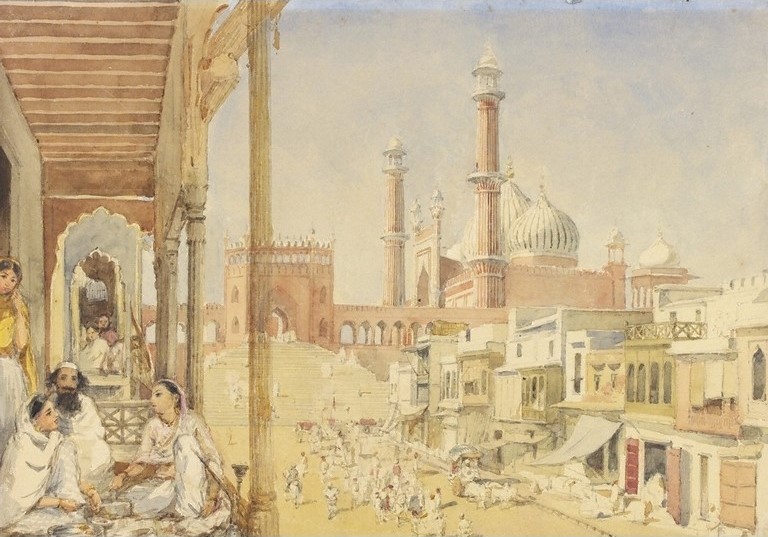Introduction
Down the Parallel Road: A Timeline
From the 18th Century and Beyond!
Author's Foreword
From the 18th Century and Beyond!
Author's Foreword
I first started thinking about starting a new timeline around the beginning of this year. It was originally intended to focus on making Napoleon great again, or something along those lines. However, Napoleon is very much treaded ground in terms of Alternate History. Discussions about which of his battles and wars could have gone differently are now done almost by script, and the more I read into it, the less interested I became unfortunately. Thus about ten thousand words of a timeline went down the drain, and I was more or less back to square one. So I thought of what would be a good point of diversion to play about with would be?
The answer came from reading Michael Axworthy’s book, The Sword of Persia, a biography of the Persian ruler Nader Shah. This unfortunate chap seems to have caught a malarial infection sometime in the 1730’s, most probably during his campaign in the Caucasus. The Afsharids went from being a possible engine of Iranian/Persian revival to being a footnote in the country’s long decline, at least according to Axworthy himself. Proper stability wouldn’t be restored across the country until the Qajars. The question of how Nader’s reign and how it would affect Persia and the world had he not succumbed to his illness has been tackled by Hasdurbal Barca’s timeline, The One Allah Favours. It is certainly an interesting read for those with an interest, but I will try to take a different approach with my own work.
This timeline will not be one focused on Persia, though initially there will be a stronger focus on the area. History in the rest of the world will be changed only by the effects of what happens differently due to Nader Shah’s better health. For all intents and purposes, this means that effects outside of “Greater Iran” and its neighbours will not significantly be felt until the Seven Years War, which is something of a pivotal war in world history, depending on how one looks at it. Neither will this timeline be one with the goal of ensuring Persia’s power and prosperity from Nader Shah’s reign onward. After all, Qing China was arguably the world’s greatest power from 1636 to 1800, greatly increasing its population and prosperity whilst neutralising all challenges to its security. Despite this, China would find itself at the start of a century of misery only a few decades after its apparent zenith.
All this in mind, I want to stay away from a deterministic view of history, as it is a view I fundamentally disagree with. Japan may not have been able to escape the grasp of European Imperialists, nor was India doomed to succumb to it. While it would be correct to argue that Japan was less vulnerable because of its relative political unity and distance from Europe, the fact that something was more likely doesn’t necessarily mean that something was destined. While obviously with a work of fiction, I have to take some initiative with how the story will unfold, it will be a story that tries to steer within the current of history, rather than swim against it. Plausibility will be key for this timeline, and I will try my very best to balance entertainment with plausibility and accuracy, and I have put in a good amount of research to ensure this.
Hopefully this will give you some idea of what I want to do with this timeline. It will be first and foremost an attempt to imagine how history would have unfolded had an historical event had gone differently, rather than trying to explain how a country could have arisen to greatness. It will also try to be an attempt to tell the stories of the people who live in this different world, be they heroes, villains or quite simply people. I do hope that it will be a fun read as well as an interesting one.
******
The Caucasus can be a beautiful part of the world in the summertime. Snow-capped mountains dominate the horizons, and the valleys between are lush with flowers and grass. Nader Shah considered himself to have witnessed a thing of even greater beauty than nature, namely the defeat of his Ottoman enemies by his own armies. It had seemed in a few short years he had taken Persia from being the victim of its predatory neighbours to being a power capable of fighting its own corner in the world. With the Ottoman army in disarray, it appeared that his Western Flank was secure, at least for the time being. As he had settled his score with his Ottoman Enemies, a more dangerous foe homed in on him. Flying toward him, it landed on his hand, which was one of the only parts of the man’s body exposed. As this deadly enemy, a lowly mosquito prepared to quench its hunger, it found itself crushed by the man’s other hand.
So it was that Nader avoided his brush with a disease that could have twisted him into a sick, demented shadow of himself...
Last edited:





